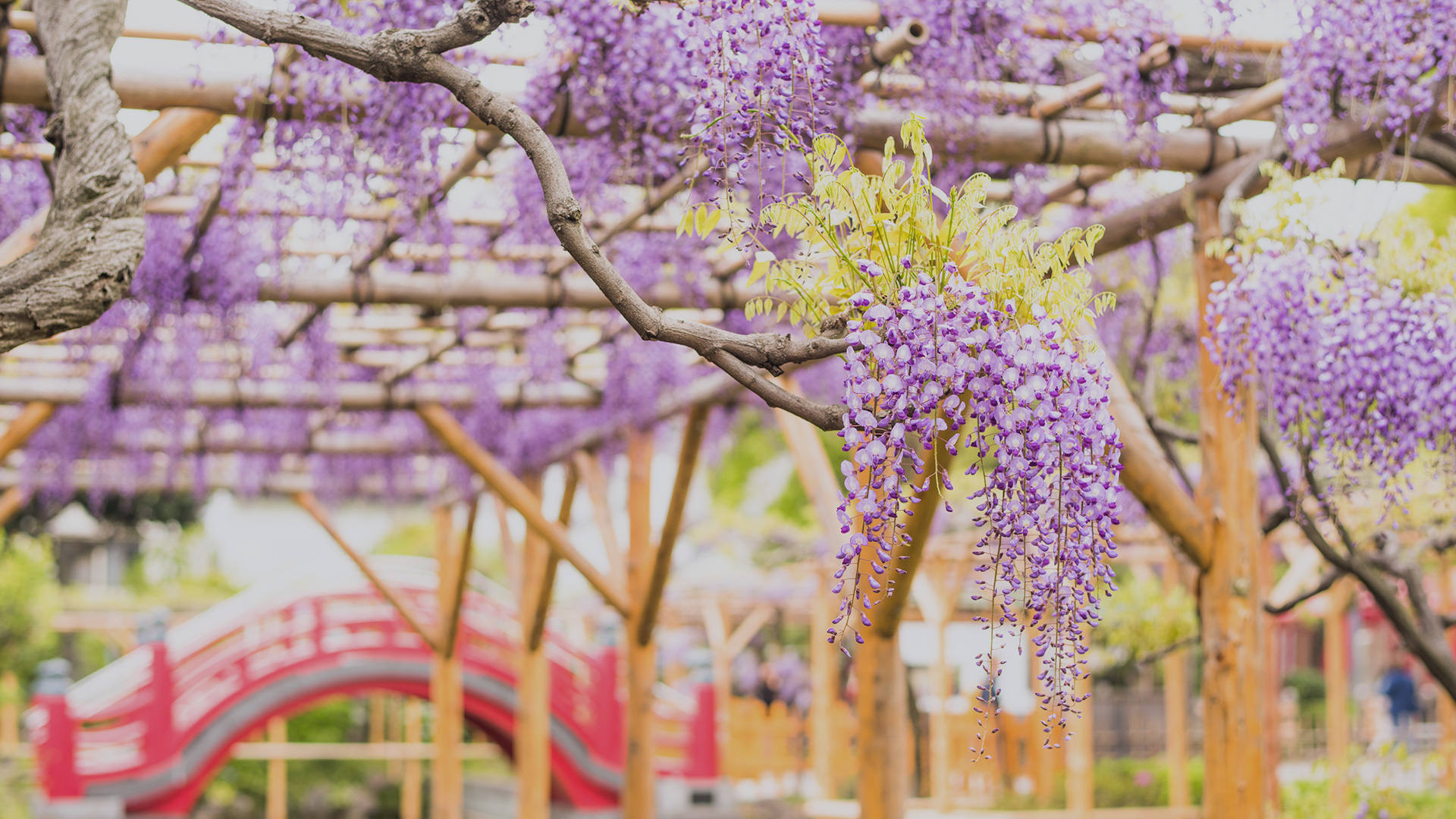
- Share this page
Share this page
- EN
Select Language
- FAVORITES
- Search
Detailed search: You can do a detailed search by keyword, genre, time, area and tag.
Main content starts here.
- Visit Tokyo |
- EXPERIENCES |
- Stories & Guides |
- Spring Flowers
Updated: February 14, 2025
Spring Flowers
Spring in Japan brings more than just cherry blossoms. Tokyo's green spaces erupt into a rainbow of colorful spring flowers. Here are the best spots.
Japan has a huge variety of flora and fauna. Cherry blossoms are world-famous, but that isn't the only reason to go flower watching in spring. Colorful azaleas, wisteria vines and roses, to name but a few, burst into bloom across the country. Tokyo's green spaces, including formal gardens, shrines and parks, are the ideal way to see spring flowers. Festivals and illuminations offer an extra-special way to enjoy the scenery.
Hama-rikyu Gardens
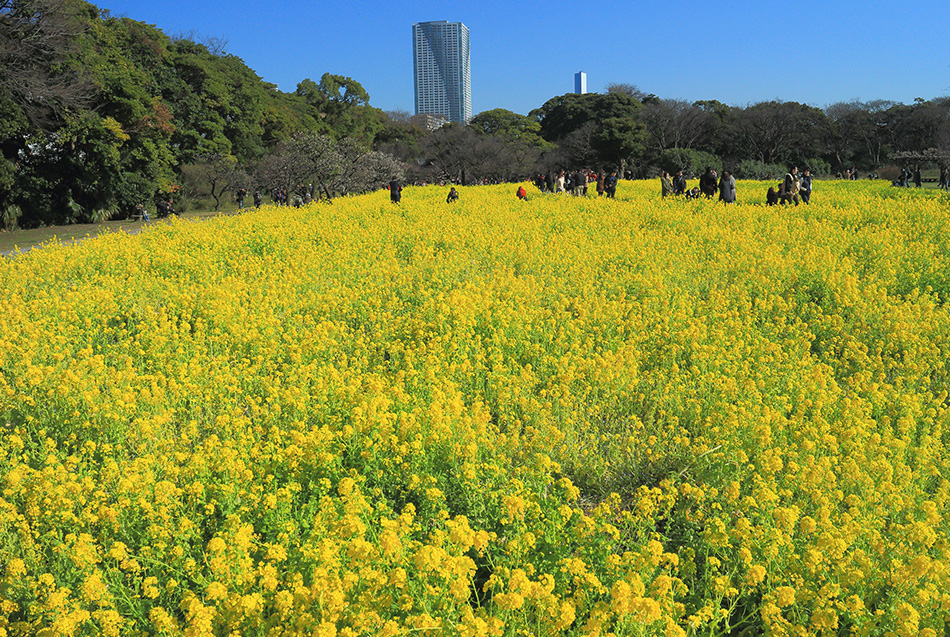
These gardens are home to 300,000 stalks of rape blossoms that form a bright yellow carpet, creating a contrast against the skyscrapers surrounding the park. Between late February and mid-March, Hama-rikyu holds a rape blossom festival, during which you can enjoy Tsugaru-jamisen concerts and an illumination display.
Spot: Hama-rikyu Gardens
Access: 7 minutes on foot from Tsukijishijo Station or Shiodome Station (Toei Subway)
Nezu-jinja Shrine
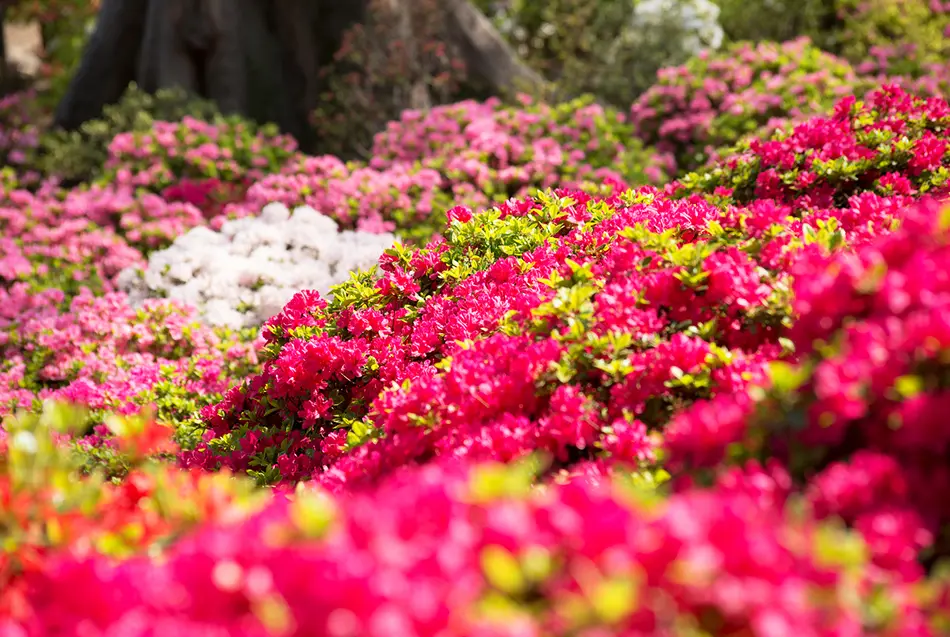
Nezu Shrine has an approximately 6,600 square-meter azalea garden featuring 3,000 azalea plants of 100 varieties. During the shrine's annual azalea festival, visitors are invited to admire the scenery, to try amazake (a sweet fermented rice drink) at a teahouse and to check out the festival booths.
Spot: Nezu-jinja Shrine
Access: 5 minutes on foot from Nezu Station, Sendagi Station, or Todaimae Station (Tokyo Metro)
Events: Bunkyo Azalea Festival (Tsutsuji Matsuri)
Kameido Tenjin Shrine
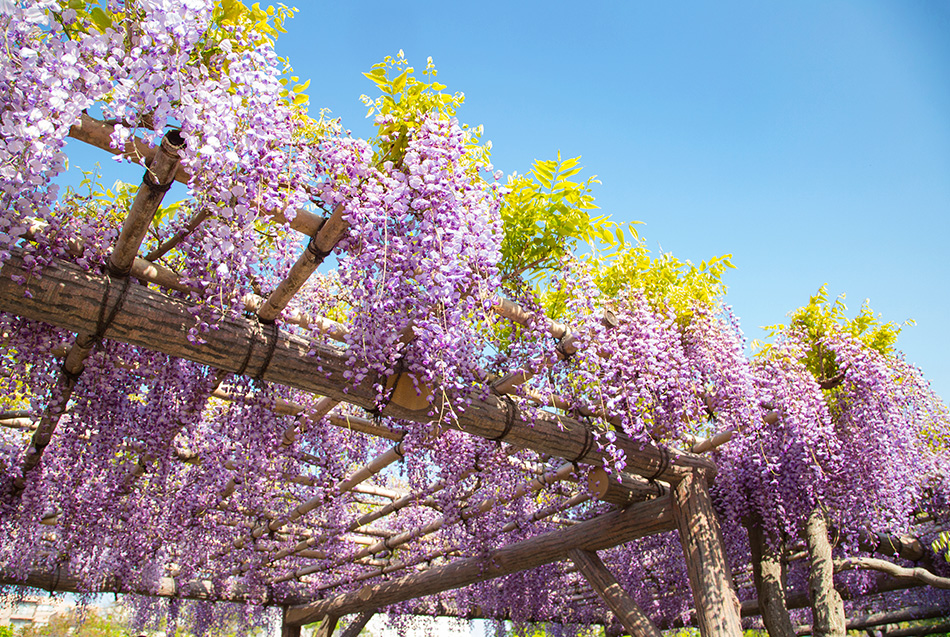
This shrine has more than 50 wisterias planted on its precincts and when they are at their best all bloom in synchronized harmony. The violet flowers look magnificent by day and especially romantic at twilight.
Access: 15 minutes on foot from Kameido Station or Kinshicho Station (JR lines)Events: Kameido Tenjin Shrine Wisteria Festival
Kyu-Furukawa Gardens
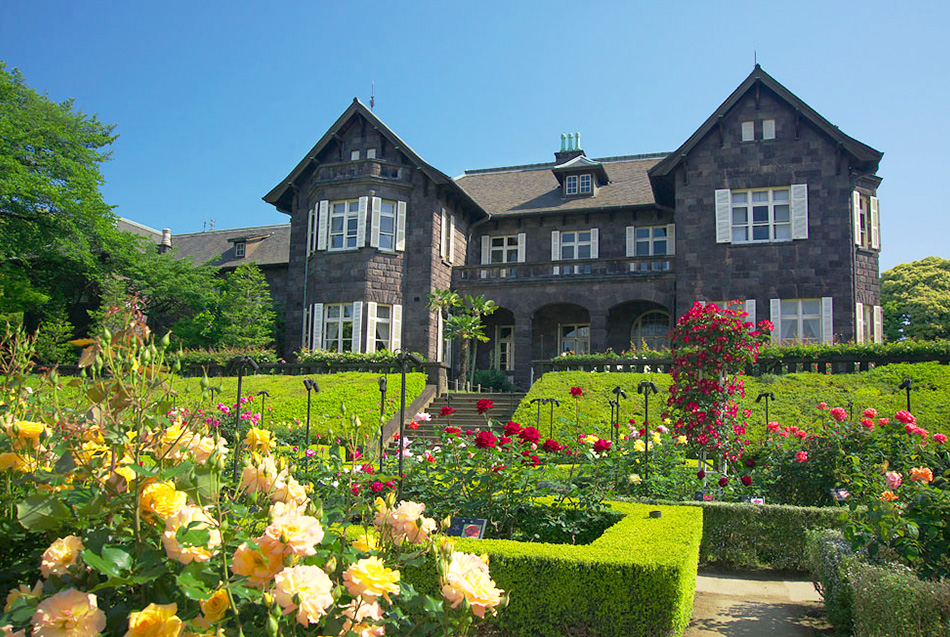
Kyu-Furukawa Gardens offer a splendid view of some 200 roses of 100 varieties. Another beauty that's not to be missed is a strikingly elegant Western-style brick building designed by a British architect. Here, you'll see a fascinating harmony between the Western-style and Japanese-style gardens.
Spot: Kyu-Furukawa Gardens
Access: 7 minutes on foot from Nishigahara Station (Tokyo Metro)
Events: Spring Rose Festival
Imperial Palace East Gardens (Kokyo Higashi Gyoen)
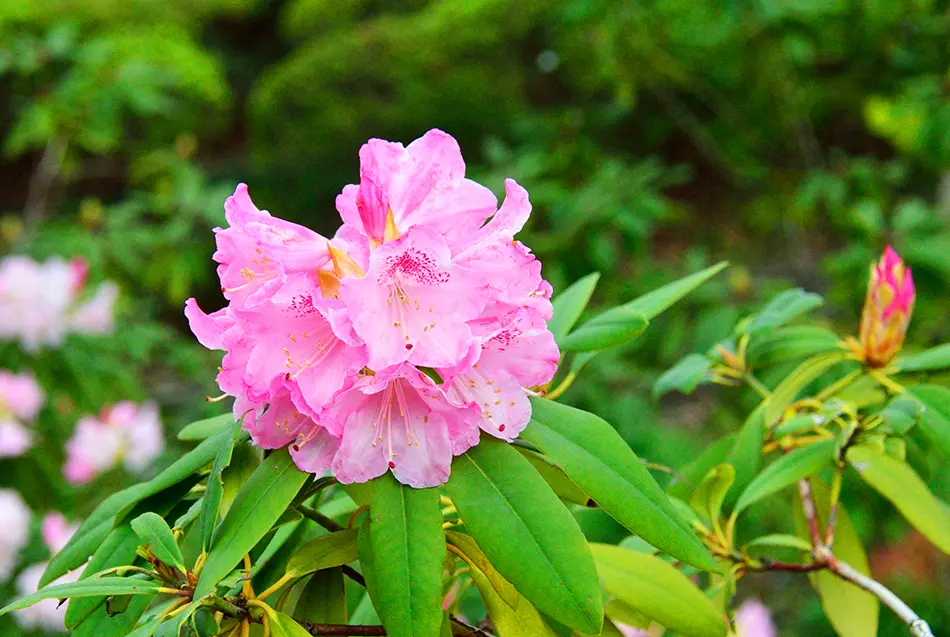
The East Gardens of the Imperial Palace boast an area that spans around 210,000 square meters. Visitors can enjoy various areas of the gardens, such as Ninomaru Gardens, Tenshudai (the base of the keep of Edo Castle), and the lawn hiroba square. In addition, the gardens feature seasonal flowers and trees. Early to mid-April is the best time to see akaboshi shakunage (“red-star” rhododendrons)look for their pink petals with red spots.
Access: 5 minutes on foot from Otemachi Station or Takebashi Station (Tokyo Metro)